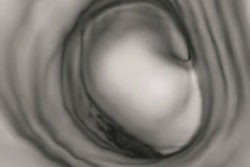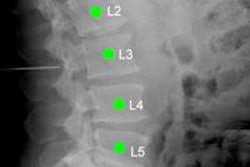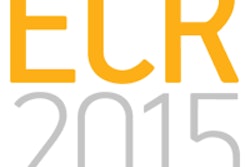3D CT has improved the performance of radiofrequency catheter ablation for atrial fibrillation, thanks to improved reconstruction of the left atrium anatomy. However, the radiation dose is high.
In the past several years, first-generation iterative reconstruction techniques have further improved the results of radiofrequency catheter ablation by reducing the dose required to obtain high-quality images. The researchers decided to investigate how much further a second-generation iterative reconstruction scheme could improve the results.
For 120 patients, they looked at image noise, signal-to-noise ratio, contrast-to-noise ratio, characteristics of the ablation procedure, and the rate of atrial fibrillation recurrence, as well as the radiation dose between the two groups. They found improved results with the newer iterative reconstruction in several aspects, including a reduced rate of atrial fibrillation recurrence and a 94% reduction in dose, compared with the first-generation method.
"The use of new-generation iterative reconstruction algorithms ... allows the possibility to image the left atrium with less than 0.5 mSv without negative impact of outcomes, opening the possibility of extensive use of this technique," Pontone told AuntMinnie.com.



















